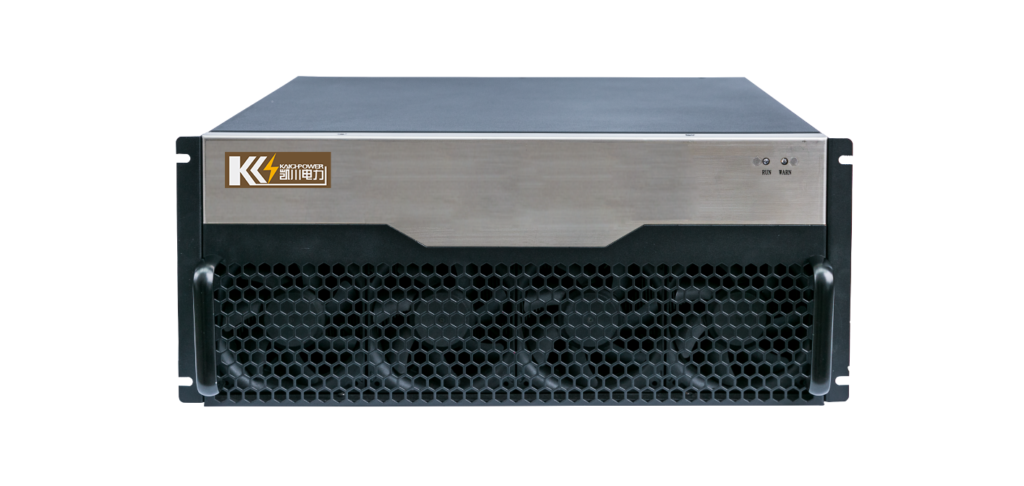
In the realm of electrical engineering, the static var generator (SVG) stands out as a critical component in power systems, offering a sophisticated solution to control and stabilize voltage levels. This article aims to elucidate the workings of an SVG, shedding light on its fundamental principles and its significance in modern power infrastructure.
1. Introduction to Static Var Generator (SVG): A Static Var Generator (SVG) is a solid-state device utilized in power systems to dynamically regulate reactive power flow. Unlike traditional methods such as switched capacitor banks or synchronous condensers, SVGs offer rapid and precise control over reactive power without mechanical components, making them highly efficient and versatile in various applications.
2. Reactive Power Compensation: Reactive power is essential in alternating current (AC) systems to maintain voltage stability and support the operation of inductive loads. However, excessive reactive power can lead to voltage fluctuations, power factor issues, and inefficiencies in the grid. SVGs address these challenges by injecting or absorbing reactive power as needed, effectively managing voltage levels and improving system performance.
3. Operation Principles of SVG: At the core of an SVG lies power electronics-based converters, typically using insulated gate bipolar transistors (IGBTs) or thyristors, to control the flow of reactive power. By adjusting the firing angle or modulation depth of these semiconductor switches, the SVG can instantaneously generate or absorb reactive power in response to grid conditions. This rapid response capability enables SVGs to mitigate voltage fluctuations and stabilize the grid during transient disturbances.
4. Voltage Control and Stability: One of the primary functions of an SVG is to maintain voltage stability within permissible limits. By dynamically injecting or absorbing reactive power at specific locations in the grid, SVGs can regulate voltage profiles and mitigate voltage sags or swells caused by changes in load or network topology. This ability to provide local voltage support enhances the overall reliability and efficiency of the power system.
5. Grid Integration and Applications: SVGs find applications across various sectors, including renewable energy integration, industrial processes, and transmission networks. In renewable energy systems, SVGs play a crucial role in mitigating the intermittency and voltage fluctuations associated with solar and wind power generation, ensuring seamless integration into the grid. In industrial applications, SVGs improve the performance of sensitive equipment and reduce energy costs by optimizing power factor and voltage levels.
6. Advantages of SVG: Compared to traditional reactive power compensation methods, SVGs offer several advantages, including faster response times, precise control, compact size, and reduced maintenance requirements. Additionally, SVGs contribute to energy conservation by minimizing losses in the grid and optimizing the utilization of existing infrastructure.
7. Conclusion: In conclusion, the Static Var Generator (SVG) represents a sophisticated solution for reactive power compensation and voltage control in modern power systems. By leveraging advanced power electronics and control algorithms, SVGs enhance grid stability, improve system efficiency, and facilitate the integration of renewable energy sources. As the demand for reliable and sustainable energy continues to rise, SVGs are poised to play a pivotal role in shaping the future of power infrastructure.
Through their versatile capabilities and inherent efficiency, SVGs demonstrate a significant advancement in power system control and optimization, underscoring their importance in ensuring the reliability and resilience of electrical networks in the face of evolving energy challenges.